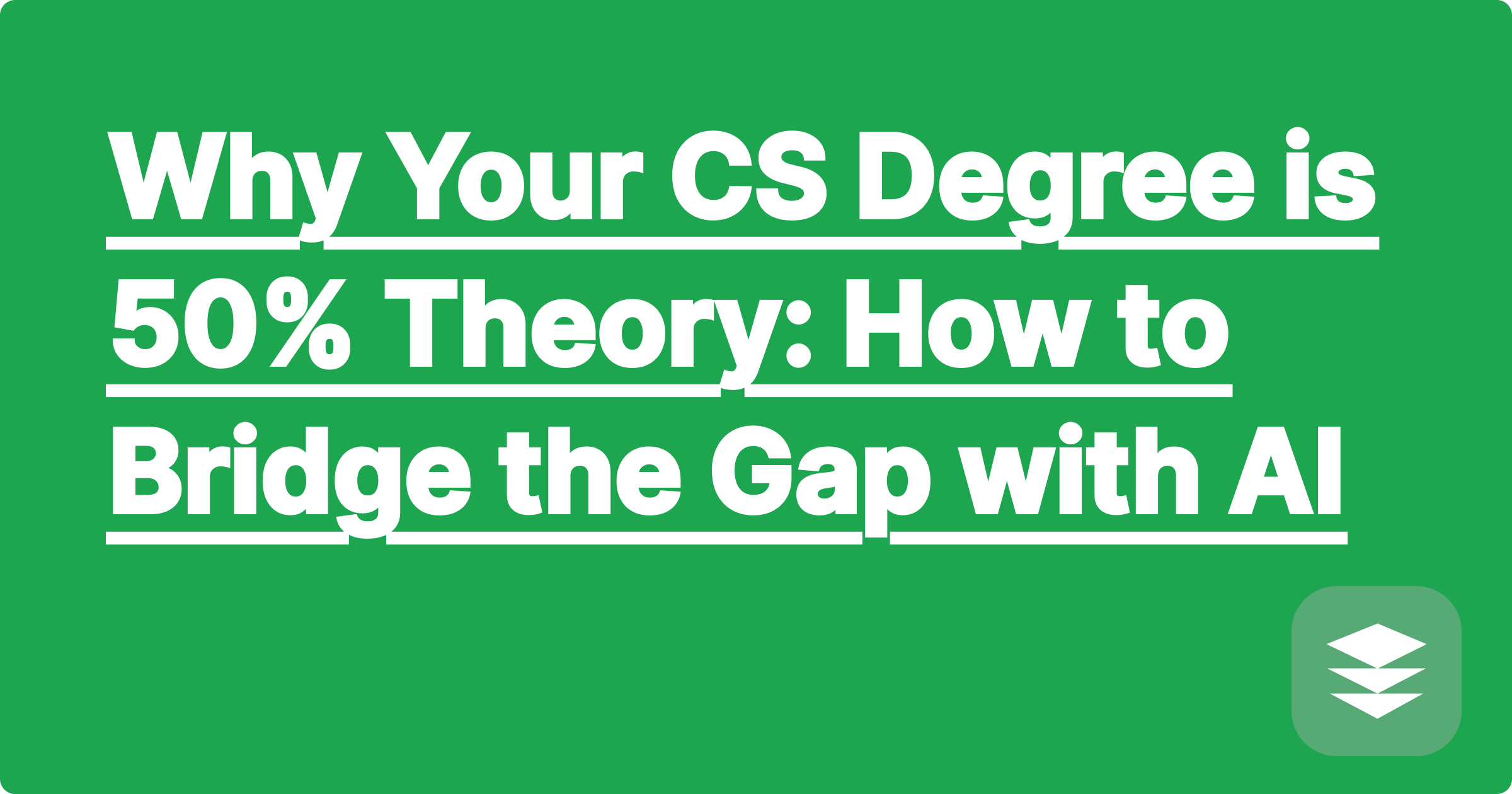
You aced your intro to programming class. You can build loops, functions, and classes with confidence. Then you walk into "Theory of Computation" or "Formal Languages," and it feels like you've hit a brick wall. Suddenly, you're dealing with abstract concepts like finite automata, Turing machines, and context-free grammars. There's no code, just symbols and proofs.
This is the classic cs theory vs practical divide that frustrates so many computer science students. You might wonder, "When will I ever use this?" The truth is, these theoretical concepts form the very foundation of the programming languages and tools you use every day. But bridging that gap between the abstract theory and the concrete code is a major challenge.
An AI-powered study tool like GPAI Cheatsheet can act as your personal translator, turning dense academic theory into understandable, practical examples.
To truly learn, you need to connect these abstract ideas to something tangible, like code or a diagram.
This is where a tool like GPAI Cheatsheet becomes essential. It doesn't just summarize text; it can interpret theoretical concepts and translate them into more practical formats.
Study MethodTraditional NotesAI-Enhanced Study Guide (GPAI)ConceptA formal text definition of a "Deterministic Finite Automaton (DFA)".The same definition, PLUS a code snippet that implements a simple DFA in Python and a state diagram visualization.OutputA static wall of text.An interactive, multi-faceted guide with text, code, and visuals.LearningRote memorization of definitions.Deep understanding by seeing the theory in action.
Let's say you're struggling to understand a DFA that accepts strings with an even number of 0s.
[Image: A screenshot from the GPAI Cheatsheet builder showing a formal definition of a DFA on the left, and a clean, AI-generated state diagram and a Python code block on the right. Alt-text: An AI tool demonstrating applied computer science by turning theory into code and diagrams.]
A: While you may not write a Turing machine from scratch, understanding the theory behind complexity (Big O), state machines (UI/UX design, parsers), and grammars (compilers, interpreters) makes you a fundamentally stronger programmer and problem-solver. It's what separates a coder from a computer scientist.
A: Yes. You can provide a theorem and ask the AI to generate a step-by-step proof. The GPAI Solver function is particularly useful here, as it can break down the logical steps required for formal proofs, like proof by induction.
Your computer science education is designed to give you both practical skills and deep theoretical knowledge. Don't let the abstract nature of theory hold you back. Use AI to build the bridge, translate concepts into code, and gain the deep understanding that will power your entire career.
[Ready to make theory click? Try GPAI Cheatsheet today. Upload your most confusing lecture notes and watch the AI turn them into practical, understandable examples. Sign up now for 100 free credits.]
Why Your CS Degree is 50% Theory: How to Bridge the Gap with AI
Debugging in Your Head vs. AI: A Smarter Way to Find Bugs
From Pseudocode to Python: How AI Can Translate Your Professor's Logic
Ace Your Technical Interview: Using GPAI to Practice DSA Whiteboarding
Understanding Operating Systems: Visualizing Semaphores and Deadlocks with AI
Your Personal AI Teaching Assistant for Machine Learning Concepts
How to Document Your Code Instantly with an AI Comment Generator
The Best Way to Learn Computer Networking: From OSI Model to Packet Tracing
Database Design Made Easy: How AI Can Help You with ER Diagrams and SQL
Surviving Your Software Engineering Group Project with AI-Powered Tools